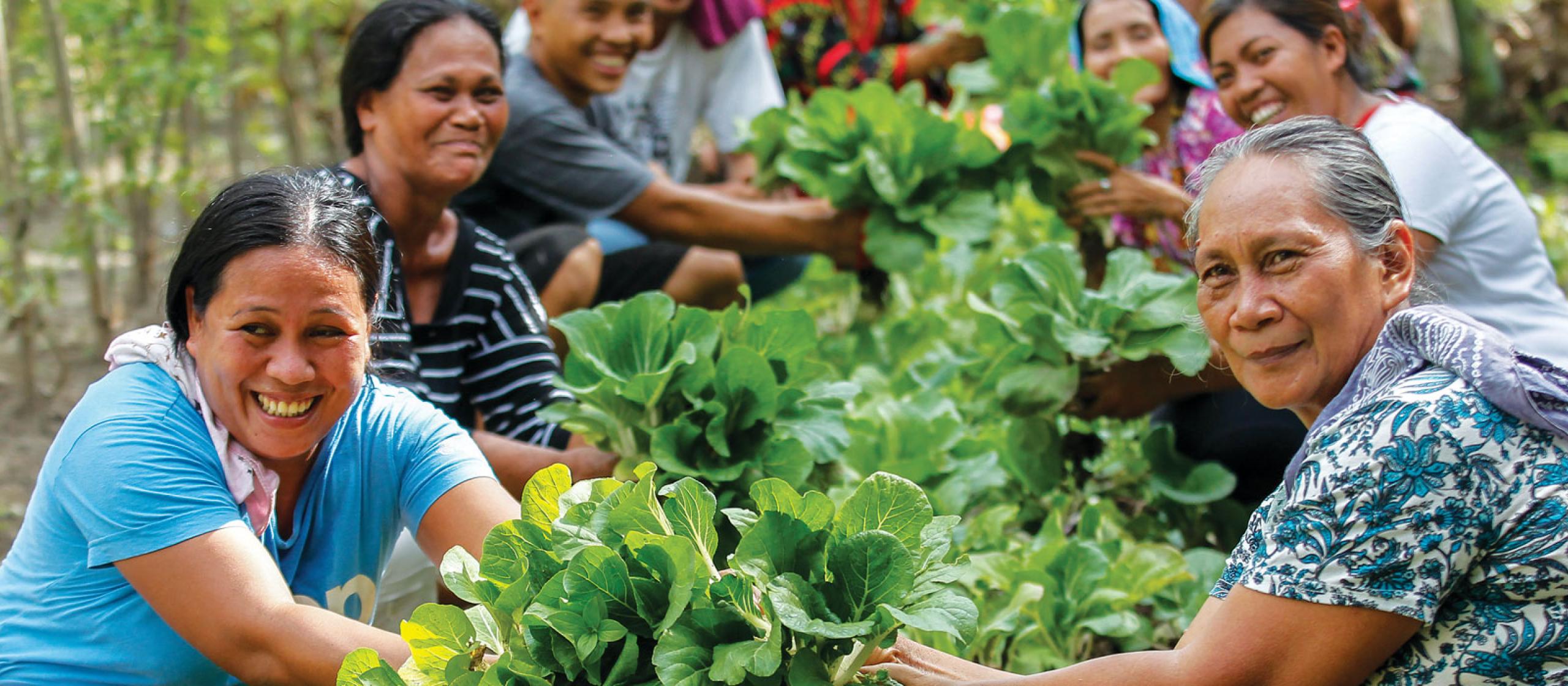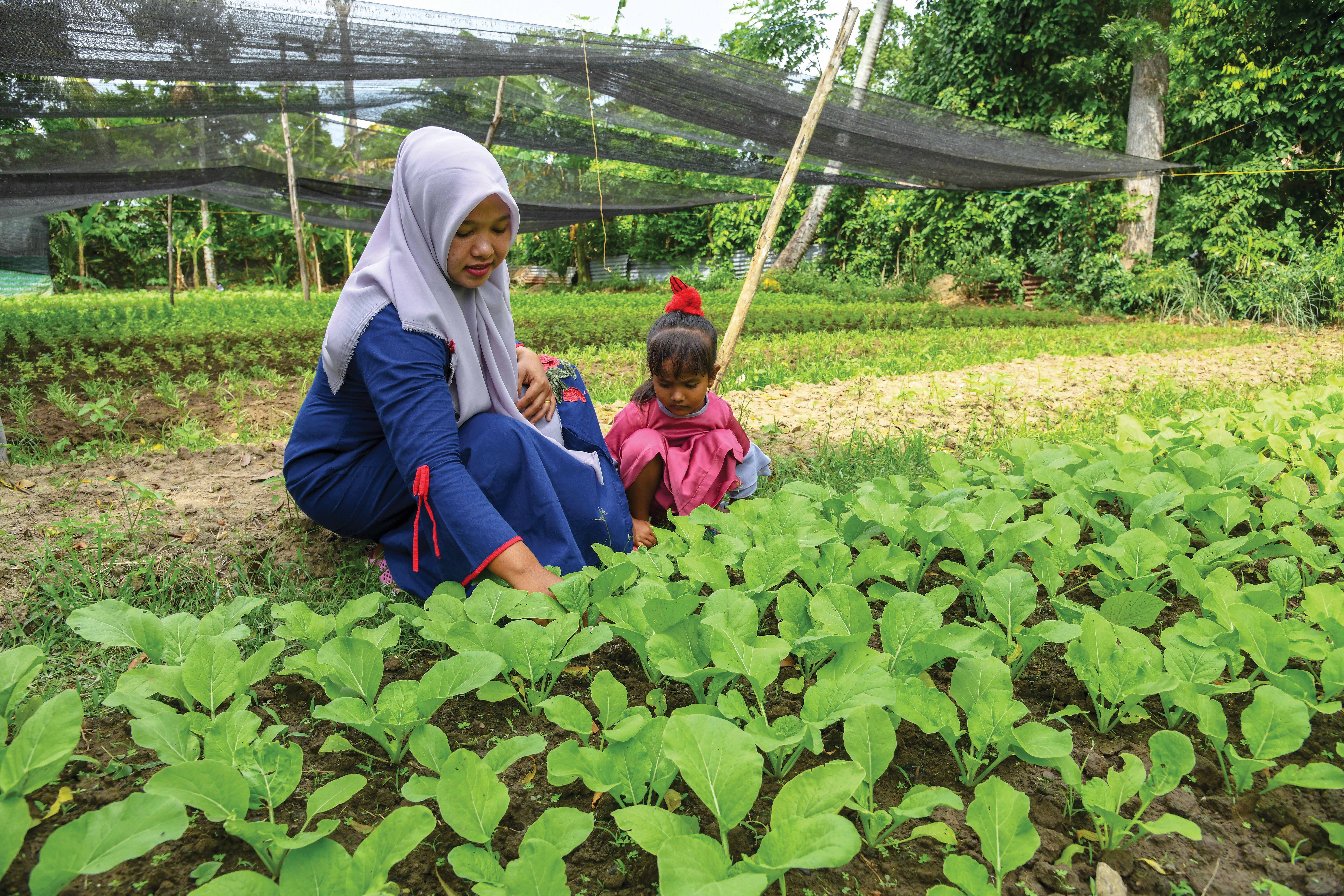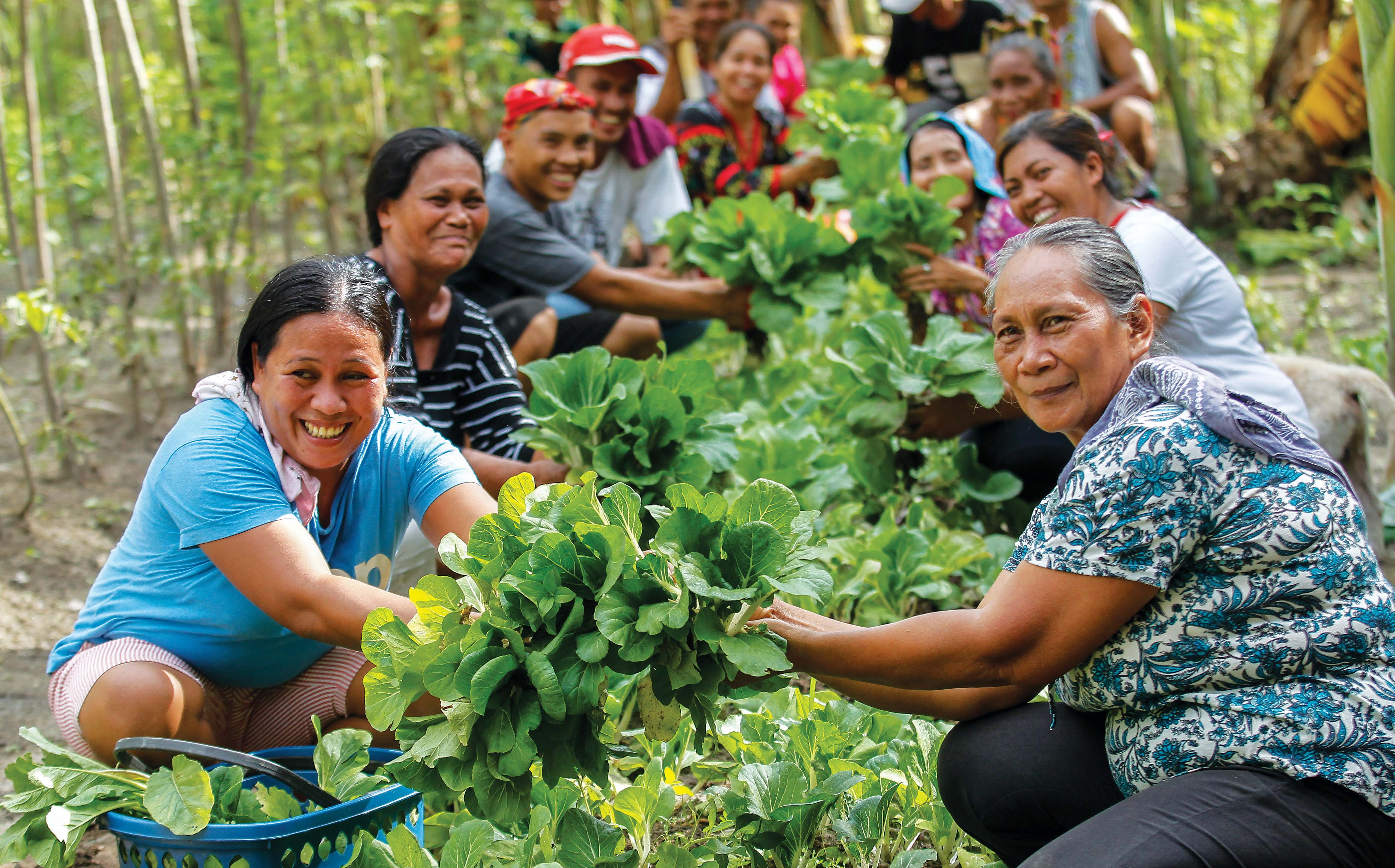Everyone knows there is a gap between how much fruit and vegetables most people should eat and what they do eat. Changing consumer behaviour is never easy so the ACIAR Horticulture Program addresses barriers to availability, affordability and desirability.
But producing more to supply a demand for a healthy diet should not come at any cost. Our food systems need to reward the farmers who deliver the safe, healthy and sustainable food we need to keep the industry growing along with demand.
ACIAR works with smallholder farmers and their traditional farming systems that are often diverse, low-input and productive.
To increase production and meet demand from more urbanised populations, farmers are using more chemical inputs. This has reduced the risk that their crops will fail and that they will lose their income, but has come with costs to health and the environment.
To tackle this complex challenge, the Horticulture Program collaborates with partner countries and supports projects that look at different perspectives all along the food chain, from growing the produce, getting it to market and helping consumers choose healthy options.





